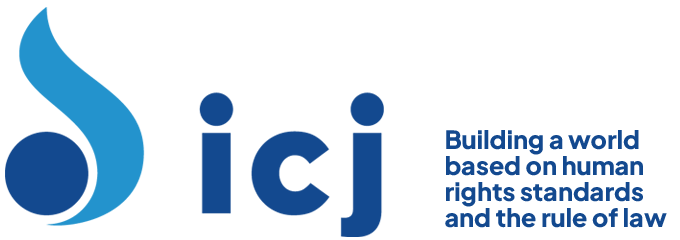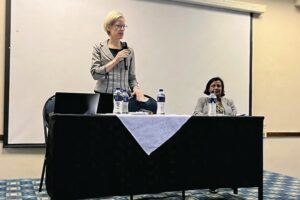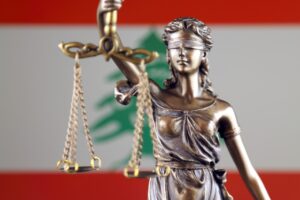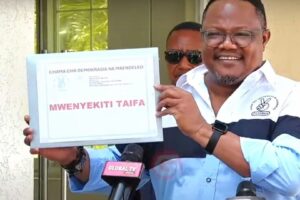On the 8 October, 1990, major confrontations took place at Al-Aqsa Mosque in the Old City of Jerusalem between police and border guards and civilians.
Preliminary information reaching the International Commission of Jurists through its local West Bank affiliate, AI-Haq, indicates that, as of 4:30 p.m., 21 Palestinians were killed and no less than 300 were wounded. This is the highest number of civilians killed and wounded, since the beginning of the Intifada, in one incident and in a matter of hours.
Rather than take measures to avoid confrontation and casualties, it appears that the police and border guards acted with excessive force and without regard to human life in what can only be called a massacre.
The shooting started in AI-Aqsa Mosque, in violation of the sanctity of holy places, and extended outside to the narrow streets. The shooting, which began around 10:00 a.m. continued for at least two hours. Many were killed and wounded by shots fired from law-flying helicopters. Others were admitted to hospitals suffering from the results of severe physical beatings.
Elsewhere in the Old City, Dr. Allen Hanson, an American psychologist, witnessed the outbreak of shooting by Israeli soldiers directed at unarmed Palestinians, without provocation and in the absence of any disturbance.
In contravention of Article 16 of the Fourth Geneva Convention Relative to the Protection of Civilian Persons in Time of War of August 12, 1949, Israeli military and police personnel obstructed ambulances transporting wounded, leading in at least one case to a death that could have been avoided. Al-Haq fieldworkers have seen ambulances with bullet holes and know of at least one nurse who received a bullet wound while inside an ambulance. Furthermore, tear-gas in large quantities was dropped from a helicopter at the entrance to AI-Maqassed Hospital as well as being shot into the hospital causing panic and injuries to the pediatrics and obstetrics wards.
During the height of the emergency, personnel and vehicles of the International Committee of the Red Cross were, in at least one case documented by Al-Haq, physically prevented from approaching the area.
One Al-Haq fieldworker reported at 5:15 p.m. that the Al-Aqsa yard was finally emptied except for patrolling border guards. Blood and spent live and plastic bullets covered the yard.
It was clear from reports of the previous day, 7 October, 1990, that confrontations with the community may ensue following the declared intent of an extremist Jewish group, “The Temple Mount Faithful”, to enter the Al-Aqsa Mosque. It was further reported in this morning’s Jerusalem Post that “Police enforcement from around the country have been called in to ensure order.” Al-Aqsa officials reported to Al-Haq, hearing an Israeli officer say to Sheikh Mohamed Hussein that “if stones are thrown today, we will soak the place with blood.”
Information is reaching Al-Haq that confrontations between the army and civilians in other parts of the Occupied Territories, and the use of lethal force, are spreading.
The International Commission of Jurists and its West Bank affiliate, Al-Haq, call upon the Israeli authorities to refrain from the use of unjustified lethal force and to bring the actions of their agents into conformity with accepted international standards and norms.
The ICJ and Al-Haq also appeal to States Signatory to the Fourth Geneva Convention of 1949, to ensure that the humanitarian protections of the Convention are respected.




